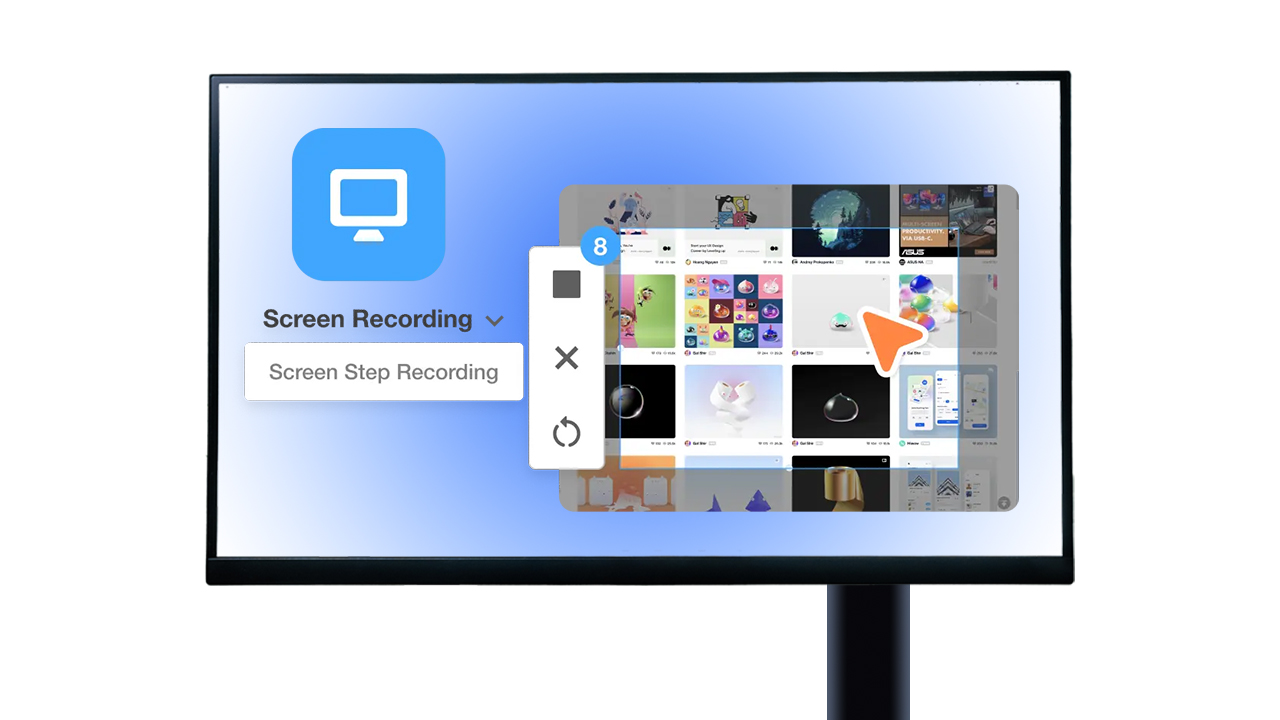Easily explain any business process with step recording. Step recording, a tool that, surprise surprise, records steps taken on your device. The resulting guides can help streamline training, enhance documentation, and boost productivity. Learn why step recording is a must-have for businesses aiming for efficiency and compliance.
What is Step Recording?
Step recording is a powerful tool that captures every action taken on a computer screen, providing a detailed, step-by-step visual guide. This method involves recording screen activity, including mouse movements and clicks, to create comprehensive and precise instructional content. It’s a game-changer for businesses looking to enhance their training, documentation, and process improvement efforts.

Benefits of Step Recording for Businesses
Implementing step recording can bring numerous benefits to your business, from improved training efficiency to enhanced compliance readiness.
Enhanced Training and Onboarding
Streamlined training processes and reduced onboarding time are key benefits of step recording. By providing clear, visual instructions, new employees can quickly learn and adapt to their roles. This method ensures that training is consistent, repeatable, and easy to follow, which significantly cuts down the time required for onboarding new hires.
Improved Process Documentation
Step recording facilitates accurate and comprehensive documentation of processes. This precision ensures that every step is captured, making it easier to update and modify documentation as processes evolve. Businesses can maintain up-to-date records effortlessly, ensuring that all team members are on the same page.
Increased Efficiency and Productivity
Identifying process bottlenecks becomes straightforward with step recording. By analyzing recorded processes, businesses can pinpoint inefficiencies and areas for improvement. This leads to streamlined operations and a boost in overall productivity. Teams can refine their workflows based on real data, ensuring optimal performance.
Compliance and Audit Readiness
Meeting regulatory requirements is crucial for many businesses. Step recording provides thorough documentation that simplifies compliance and audit processes. With detailed records of every action, businesses can easily demonstrate adherence to regulations and swiftly address any audit queries.
How to Implement Step Recording in Your Organization
Implementing step recording in your organization can be a seamless process with the right approach. Here’s a guide to help you get started:
Choosing the Right Tool
Selecting the appropriate step recording tool is the first step. Look for a solution that offers intuitive features, AI-driven annotations, and easy sharing options. Visla’s Screen Step Recorder, for example, is designed to capture every detail of your processes, making it a strong candidate for your business needs.

Setting Up Visla’s Step Recorder
Begin by downloading and installing the Visla Step Recorder. Follow the setup instructions to integrate it with your systems. Ensure that all team members who will use the tool are familiar with its features and functionalities.
Recording Your First Process
Start recording by capturing a simple process. Navigate through the steps as you normally would, allowing the tool to record your actions. Visla’s platform will annotate key actions automatically, creating a detailed guide.
Refining Your Recording
After recording, review the captured content. Use Visla’s editing features to add or modify annotations, ensure accuracy, and align the guide with your brand’s standards. Once refined, share the recording with relevant team members or departments.

